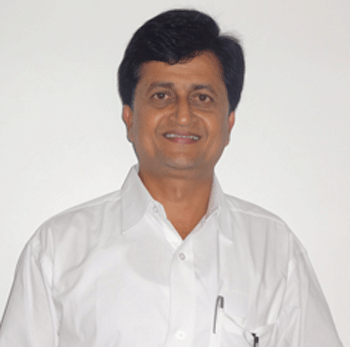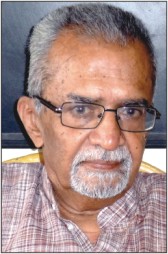
Dr. K.V. Ramesh, doyen among the epigraphists, who strode like a colossus in the field of epigraphy, breathed his last on 10.7.2013. His passing away has created a great void in the field of epigraphical research and a terrible loss to the epigraphical fraternity and his admirers.
His long association with the Epigraphy Branch, ASI Mysore, was so close and continuous, even now it is difficult for us to come to terms that he is no more with us. He relentlessly pursued during his tenure as Director (Epigraphy) and also after, for the betterment of the Epigraphy branch. It was during his tenure two zonal offices was created and he was making efforts for further expansion of the branch.
On many forums he strongly proposed to create National Mission for Epigraphy, like National Mission for Manuscripts, so that inscriptions that are located in the farthest and interior places could be located and documented. Apart from this, he had also proposed to have the National Institute for Epigraphy at Mysore to carry on intensive research work in the field of Palaeography and Epigraphy and also as one of the capacity building measures.
His contribution to the field of Epigraphy is immense, particularly with regards to Epigraphical Studies in Karnataka, he added a new depth and dimension.
The book on Western Gangas and Chalukyas of Vatapi, to name only a few are his masterly works. He has contributed innumerable articles for national and international journals and a multi-volume dictionary of the Social, Economic and Administrative Terms in South Indian Inscriptions, a project of the Indian Council of Historical Research. Also, he was fondly remembered by scholars for his profound contribution in the Ayodhya verdict.
To accelerate epigraphical studies and studies in Onomastics, he established two Societies and was the founder-member and Chairman of the Epigraphical Society of India and Place-name Society of India. He took to great heights both the Societies and they have carved a special niche among the scholarly world.
He was a down-to-earth person and friendly towards his colleagues, and always encouraged young scholars. Now we are orphaned because of his sudden demise. He was a fatherly figure to all the members, and continuously guided the destiny of both the Societies till the end.
The rich tribute we can pay to this scholar-extraordinary is by only creating a band of dedicated and committed epigraphists who by unraveling new inscriptions, enrich epigraphical studies, for which he strongly stood for.
source: http://www.starofmysore.com / Star of Mysore / Home> Feature Articles / by T. S. Ravishankar / July 21st, 2013





